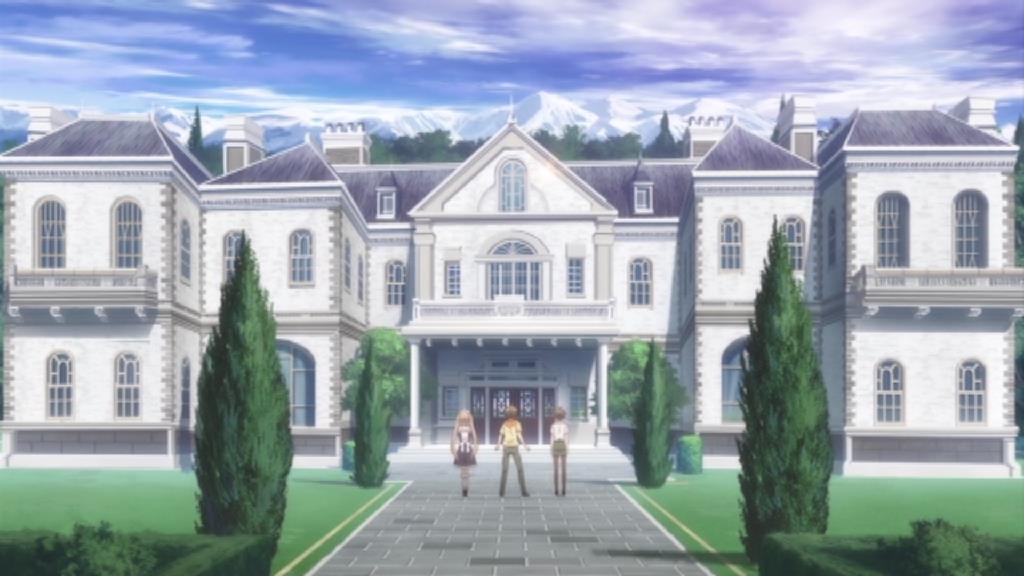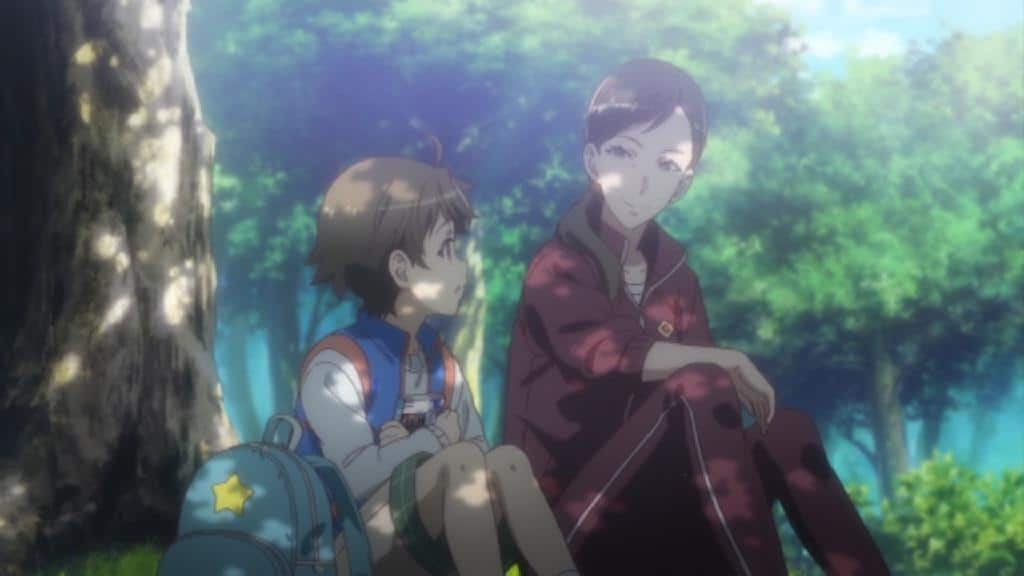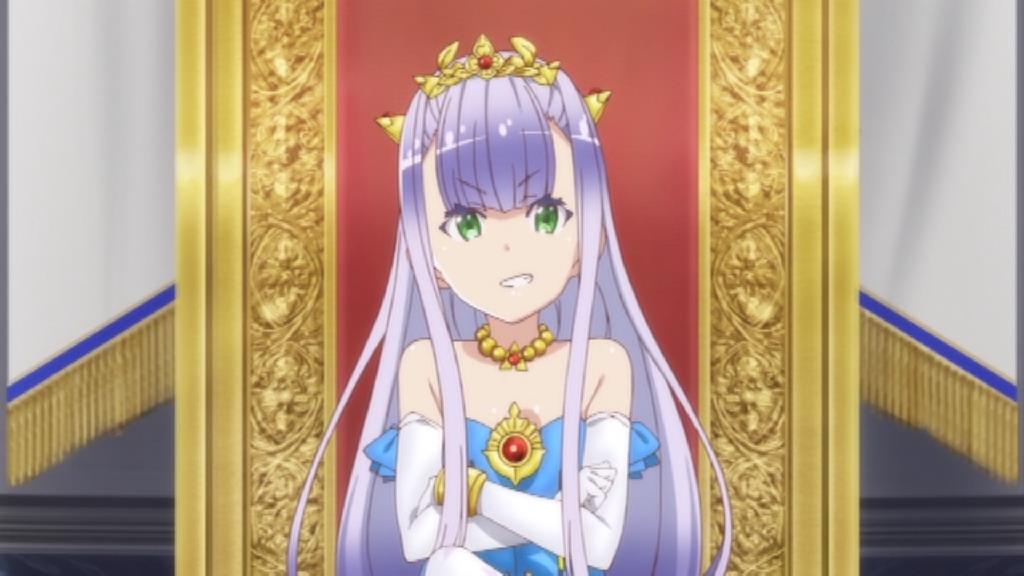Outbreak Company
12 Episodes
2013
Genre
Comedy; Fantasy; Isekai*; Magic; Political; Slice of Life
Synopsis
Following a rejection by his childhood friend, Shinichi Kanō has become a shut-in and a disappointment to his parents, his only talent being his vast knowledge of everything anime, manga, light novel or visual novel. Fed up of his inaction, his parents offer him the choice of returning to school or seeking employment. The choice is a no-brainer for Shinichi and he soon scores perfectly on a government test that seeks his exact set of skills. He’s hired immediately as a cultural ambassador to a recently-discovered medieval fantasy world and, before long, Shinichi’s made friends with his half-elf maid, his reptilian gardener and even the sixteen-year-old queen Petralka. His job is simple: he must impart his nerdy knowledge and bring his beloved culture to as many of this world’s residents as possible. However, with the initial reluctance of the empire to learn, a group of terrorists bent on stopping his ‘invasion’ and some shady government action on his own side, Shinichi begins to question whether his job is really as innocent as he first thought.

Content Advisory
This is not a comprehensive list of every individual use of strong content, merely a guide to show you how extreme it gets and how strong it tends to be. Also, the tags I’ve given each segment (e.g. Very Strong Language) is based on my own system and does not necessarily reflect the tags the BBFC (or other national equivalent) use. According to my system, the ‘Mild’, ‘Moderate’, ‘Strong’ and ‘Very Strong’ adjectives are based on strength, not on volume. Now, obviously, the strength of any type of content is subjective; what I consider strong might just be a relaxing weekend for you. Hence, I have added an explanation for my decision to allow you to make your own informed decision.
Milder language (e.g. ‘crap’, ‘ass’, ‘damn’, etc.) may be present in both versions, but strong language is not present in sentai FILMWORKS’ English Dub.
Strong Sex References
The school created in the series is designed to teach its students about anime, light novels, manga and visual novels/dating simulators. As a result, there are discussions and lectures on many of the tropes present in these media forms – including some of the weirder ones (such as Haitenai**, BL***, Lolitas****, etc.).
Mild Sexualised Nudity
The fanservice in this show is fairly tame with only a few scenes where any naked characters are depicted. Otherwise, there’s a swimsuit episode and gratuitous cleavage shots, etc. but no nipple or genital detail is present.
Mild Bloody Violence
A few action scenes and one episode has some more intense fight scenes which even result in some blood loss. However, there isn’t loads of it and the scenes are brief.

Reasons to Watch
This is the difficult part. I don’t want you to see this entry as an oversized ‘DON’T WATCH THIS’ post. Equally, I don’t want to influence your opinion with a biased review – there’s a reason this website is called ‘Anime Insights’ and not ‘Anime Reviews’! In this section, I’m going to try to convey to you some of the reasons (in no particular order) that I’ve seen this series’ fans give for enjoying it!
Well-received and highly praised parody of anime tropes.
Since it’s a parody of anime and their tropes, it won’t surprise you to know that the more anime you’ve seen, the more jokes you’ll get.
Barrier of Entry
If you’re new to anime, you may not get most of the jokes and it may be a bit of a rude awakening to some of the weirder tropes of anime.
Comedy being its main export, its enjoyment will of course be down to how it measures up to your own sense of humour.

Music
Opening Theme
Univer Page by Suzuko Mimori
Ending Theme
Watashi no Hōsekibako by Mai Fuchigami
Hardcopy Notes
While there aren’t any particularly notable special features, it does include translation notes that appear at the top of the screen to explain the references. As such, provided you don’t mind a bit of extra reading (and maybe pausing) this show can be enjoyed even if you’re fairly new to anime.
Staff List
Animation Production: feel.
Director: Kei Oikawa
ADR Director: Kyle Jones
Series Composition: Naruhisa Arakawa
ADR Script: Kyle Jones & George Manley
Music: Keiji Inai
Original Creator: Ichiro Sakaki
Original Character Design: Yuugen
Animation Character Design: Takashi Mamezuka
Art Director: Yuki Ikenoue
Lead Voice Actors
Natsuki Hanae as Shinichi Kanō
Suzuko Mimori as Myucel Foaran
Mai Fuchigami as Petralka Anne Eldant III
Lead Voice Actors (sentai FILMWORKS)
Tyler Galindo as Shinichi Kanō
Juliet Simmons as Myucel Foaran
Kira Vincent-Davis as Petralka Anne Eldant III
For Your Anime Dictionary
*Isekai is a fantasy subgenre wherein the protagonist winds up in another world either through reincarnation or summoning. It’s common for them to be granted superpowers far beyond any citizen of the other world’s abilities – a trope that is often parodied by modern-day Isekai! A series wherein a being from another world winds up in ours is called a Reverse-Isekai.
**Haitenai is a fanservice trope whereby camera angles and the like are exploited to tease the viewer with scenes that logically would show panties, yet do not. The idea is to make the viewer question whether the character is wearing panties at all (afterall, you haven’t seen everything and thus can’t prove they aren’t).
***BL (Boys’ Love, Shōnen-ai or Yaoi) is a romance subgenre that (unsurprisingly) explores a romance between male characters. The genre is often characterised by aggressive characters and a (as one character in this series puts it) “sweet yet violent” relationship. The leads are separated into the two positions of a homosexual relationship – that being Seme (the top; typically the more dominant and aggressive) and Uke (the bottom; typically more submissive). It’s particularly popular amongst women who are then referred to as Fujoshi.
****Lolitas (AKA Lolis) are female characters who are either childlike by appearance (due to small stature, underdeveloped bodies, etc.) and/or childlike by age. The male versions of this trope are called Shōtas.
